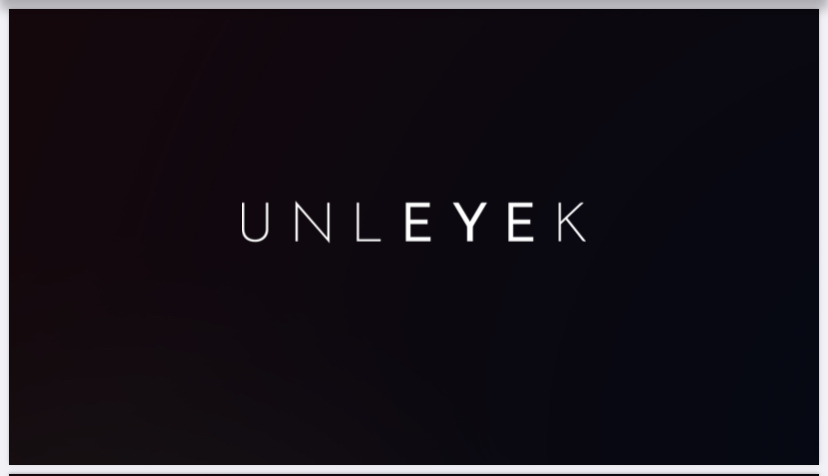The UK's Booming VFX Sector is Booming, but Women are Still Vastly Underrepresented
- UNLEYEK null
- Jan 24
- 2 min read
The UK government’s recent decision to enhance tax relief for VFX work in film and high-end television is being hailed as a transformative step for the industry. By increasing the net tax relief rate to 29.25% and removing the 80% cap on eligible VFX costs, the new policy is set to attract an estimated £175 million annually in additional VFX spending. While this is a clear win for the UK’s economy and global competitiveness, it also presents an opportunity to address a significant gap in the industry: the underrepresentation of women in VFX.

According to a study by the USC Annenberg Inclusion Initiative, women are strikingly underrepresented in visual effects. Between 2016 and 2022, women comprised just 21.6% of VFX teams across the top-grossing films, with only 2.9% of VFX supervisors being women. Despite progress in some creative sectors, VFX remains a field where women’s contributions are often invisible, a disparity compounded by gender biases and a lack of access to leadership roles.
The tax relief uplift is more than a financial incentive; it’s an opportunity to reshape the narrative around who drives innovation in VFX. Studios and production companies have a responsibility to ensure that this influx of work benefits a diverse talent pool—not just established players, ensuring that the growth of this sector benefits everyone.
By enabling productions to base both filming and post-production work in the UK, the uplift has the potential to support narratives that highlight diverse voices, ensuring that underrepresented perspectives are not just in the VFX studio but also on the screen.
The economic benefits of the tax relief are clear—it will boost the UK’s reputation as a global leader in VFX and make it an attractive destination for major productions. But the cultural impact could be just as significant if the industry takes intentional steps to address its gender disparities.
A more inclusive workforce isn’t just a moral imperative; it’s a creative one. Diverse teams bring fresh ideas, innovative solutions, and richer storytelling to the table, all of which are critical in a highly competitive, ever-evolving field.
As a female producer, I’m optimistic about the possibilities. Let’s use this moment to push for greater equity, amplify underrepresented voices, and ensure that this financial support translates into meaningful change for the VFX industry and beyond.
Sources:
“Why Tax Relief Uplift is a Brilliant Win for UK VFX Sector,” Screen Daily
“New Study Finds Women are Invisible in Visual Effects,” USC Annenberg Inclusion Initiative





Comentários